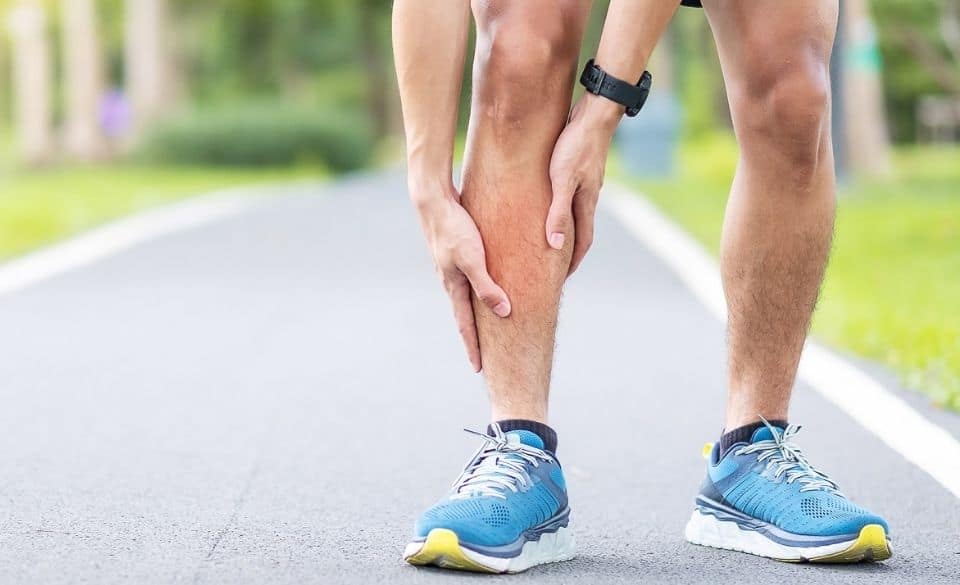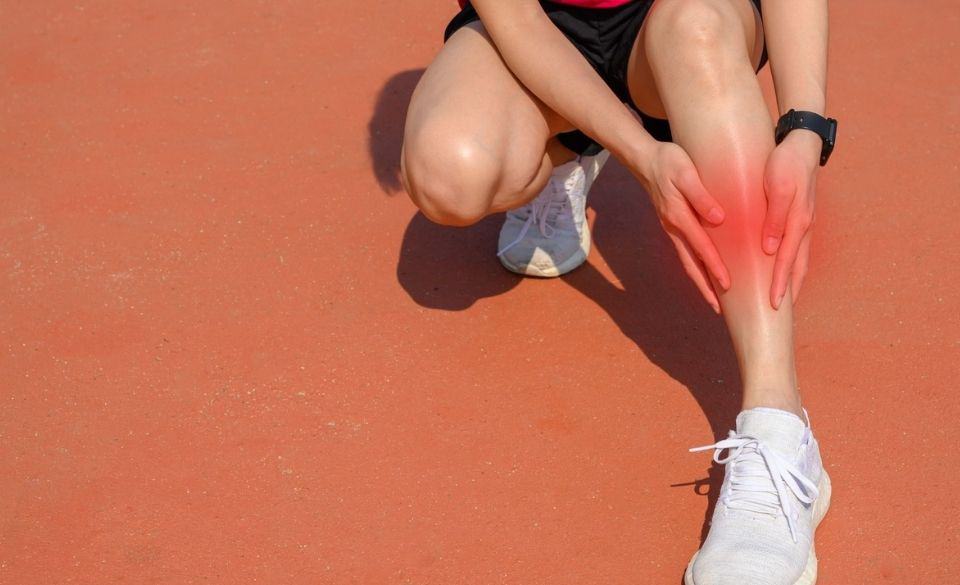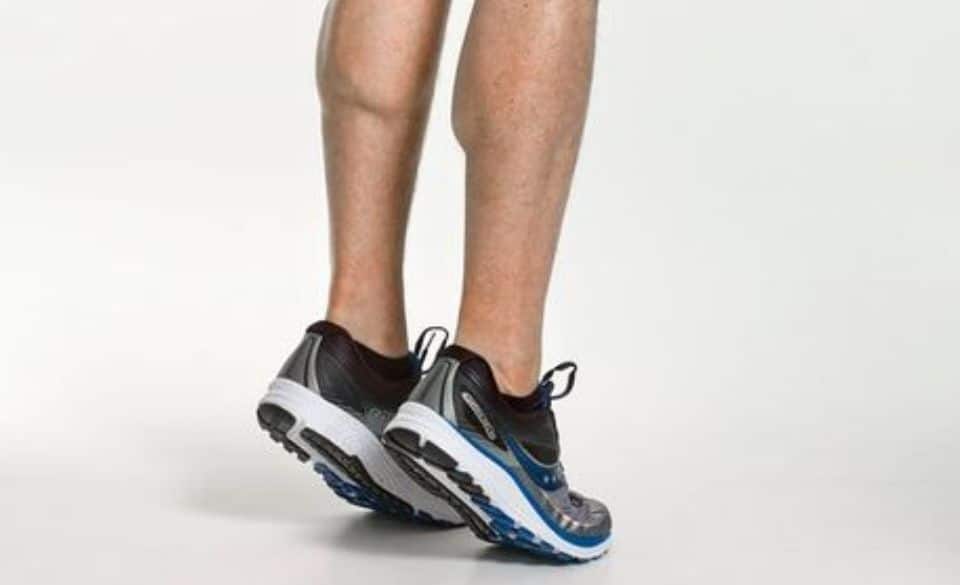
What do Shin Splints Feel Like? – Symptoms & Treatment
Page Contents
If you are an avid runner, you may have heard and experienced shin spits at least once during your training cycle. Shin splints are a common injury within runners, dancers, and military recruits.
But what causes shin splints and what do shin splints feel like? In this article, we look at how you can treat shin splints. And some of the symptoms you may experience while having them.
Continue on reading to find out how long they last, and how long shin splints take to recover.
What is Shin Splints? – Guide to Shin Pain
The correct term for shin splints is medial tibial stress syndrome. Medial tibial stress syndrome happens when muscles, tendons, and bones tissue around the tibia are overworked. This is usually caused by an increase in intensity, volume or training routines. Other things like repetitive activity (ie: treadmill running)
However, wearing incorrect running shoes or running high volume on hard surfaces can also cause shin splints.

How Do You Get Shin Splints? – What Causes it?
If you experience sharp pain when walking or running throughout the shin area, you may be subject to inflammation which causes medial tibial stress syndrome. But how do you get shin splints? Is it a common injury and who is likely to be subject to it?
Most people that experience it is caused by a rapid increase in training volume and/or intensity. The increase in load often causes inflammation of the tendons, bones, and muscles in the front of the leg.
Running on hard surfaces is another cause of shin splints. However, it usually happens when the person is running in the wrong footwear paired with running high mileage on a hard surface like concrete.
Other factors such as lack of mobility and running technique are other causes for shin pain.
Shin Splints Symptoms – What are they?
Some of the symptoms you may experience when subject to shin splints are:
– Tenderness
– Soreness
– Pain along the inner side of the shin bone
– Swelling around the shin area
– Pain early mornings after waking
– Stiffness
Tenderness, pain, and mild swelling are the most common symptoms of shin splints. Typically the pain will be more when starting out exercising but will decrease as the muscle warms.
However, if you keep exercising you will find the pain will be continuous and might progress into a stress fracture if not treated.
What Do Shin Splints Feel Like?
If you haven’t experienced this type of injury before, you may be wondering what do shin splints feel like?
For most people, it feels like a sharp direct pain when walking or exercising. In extreme cases, it can feel like someone is hitting your shins with a hammer during each step.
Often the injury will feel like a constant dull ache when no exercising and ramps up as blood flows to the shin area. However, sometimes you may experience a decrease in pain when exercising, but ultimately it returns to the previous pain level once you have stopped.
How Long Do Shin Splints Last?
Dealing with pain in the shins is an uncomfortable thing, especially when it can affect your daily routine. So how long do shin splints last? and is there a way to speed up the recovery time?
Usually, the injury goes away when the shins and lower legs have had time to heal. This often takes about three to four weeks for mild cases. After this time most people can resume running again, but some exercises should be performed to help strengthen the area.
In more severe cases, or when the runner doesn’t rest the shins properly can result in 4-8 weeks recovery time. Then in worst cases, if left untreated can turn into a stress fracture. Putting the runner out of action for up to 4 months.
Continuous icing and elevation of the lower leg can help speed up the recovery time. Alternatively keeping off the affected leg can rapidly speed up the healing process. However, if you are subject to being on your feet all day, strappy the injured shin can help relieve pain temporarily.

Shin Splints Exercises – Help Strength the Shin Muscles
Luckily, once you recover from the injury some shin splint exercises can help strengthen the surround muscles. Some of the most common exercises for the shins are:
Gastrocnemius Calf Stretch
1. Place your hands onto a wall.
2. Place one foot behind you and keep foot pointing straight
3. Keep you back heel down and leg straight. Then bend your front leg until you feel the back of the ther leg stretch.
4.Hold for 15-30 seconds and repeat 3-4 times
Soleus Calf Stretch
1. Place your hands onto a wall.
2. Place one foot behind you and keep foot pointing straight
3. Keep you back heel down and bend your back leg slightly
4. If you can’t keep your heel down, try shortening your stride.
5. Hold for 15-30 seconds and repeat 3-4 times
Achilles tendon stretch
1. Start by standing on a step with one hand supporting you.
2. Place both balls of the feet at the edge of the stair.
3. Slowly drop one heal until you feel a stretch in your achilles tendon.
4. Hold for 15-30 seconds and repeat 3-4 times.
During the recovery time you can replace running with lower impact exercises such as swimming, cycling, or using an elliptical trainer. It is also wise to wear good shoes that are cushioned throughout the day to help reduce stress in your shins.




